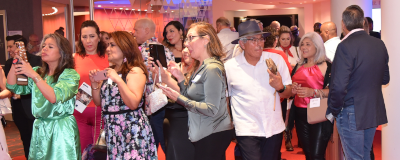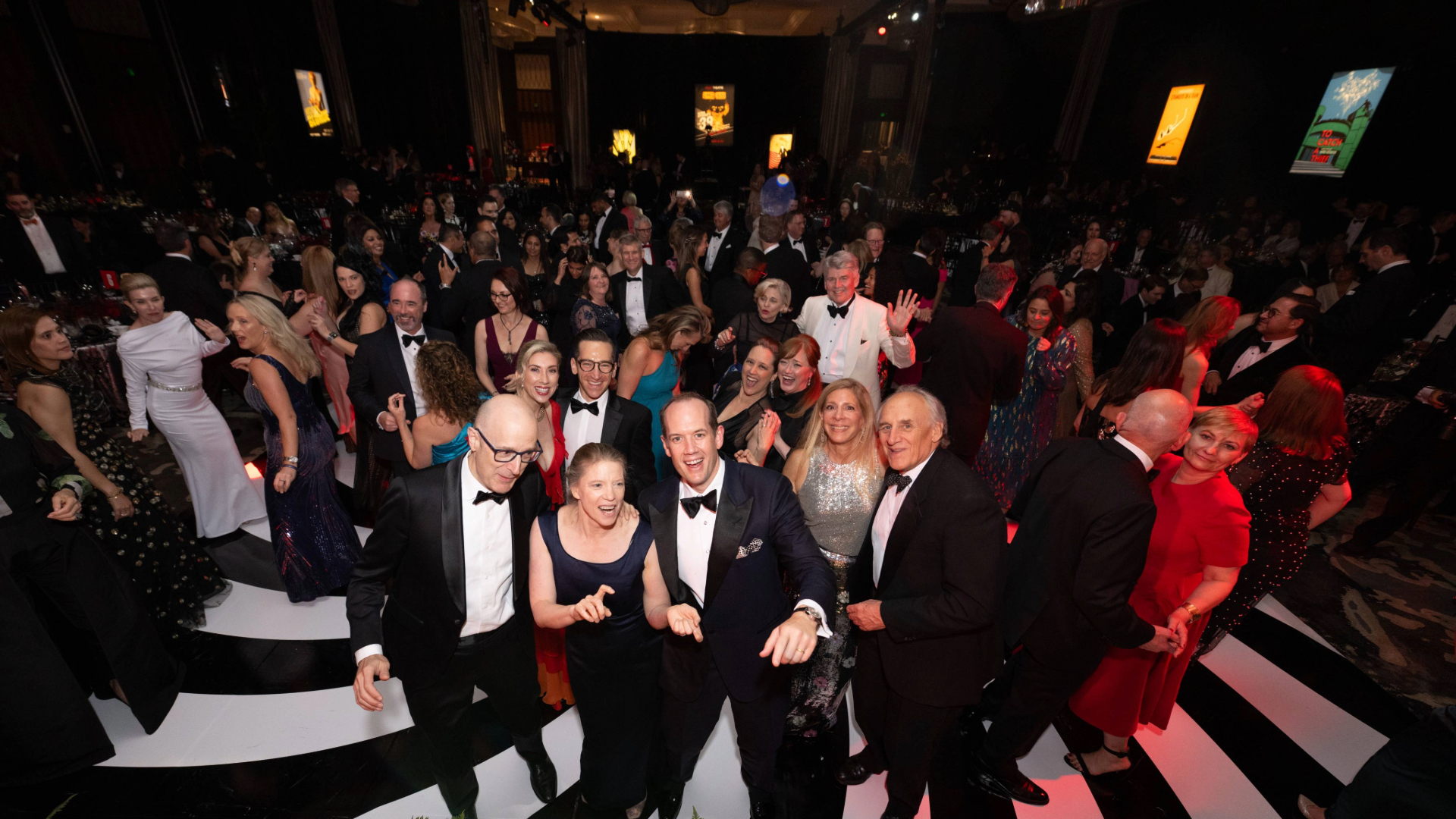Alley Full View: Dreaming Design
It takes a lot of logistical wrangling to execute scenery, costumes, lights, and sound. The Alley All New Festival gives playwrights an opportunity to develop work without the distraction sometimes posed by full-scale productions. But writers can learn a great deal from the design process! For Alley Full View, our workshop playwrights collaborated with scenic designers to produce conceptual designs exploring what fully-realized productions may look like in the future.
DESIGNER Michael Locher ON his CONCEPTUAL DESIGN FOR Instructions for a Séance BY KATIE BENDER

Though Instructions for a Séance is a scripted, carefully calculated play, it’s not meant to appear that way. Instead, playwright Katie Bender (portraying herself) has crafted an experience intended to feel improvised, where the audience witnesses her arrival on an unadorned stage and an informal “presentation” about Harry Houdini. The event culminates – hopefully – in a successful if makeshift séance. It’s an unusual sort of experience for a theatre audience. Wearing street clothes and apologizing for lateness, she reflects on her commute to the venue and muses, conversationally, about her intentions for the event. In short order, the build-up to the titular séance has been diverted to the playwright’s funny and revealing notions about work-life balance, marriage, and the life of an artist.
The effect is endearing and, if all goes well, disarming.
Imagining a full-scale production of Instructions for a Séance, we realized the danger presented by many of the designer’s standard tools. After all, the piece aims to cultivate an appearance that Bender has breathlessly arrived for an event that neither she nor the venue is entirely prepared for – an effect that isn’t served by traditional design elements. Arguably, the best design for Instructions for a Séance is no design at all – or, more accurately, a space which seems to lack meaningful design choices.
The most powerful tool in the designer’s repertoire is the ability to manipulate the audience’s perception: it’s our principal superpower. Lighting designers decide what we see and what we don’t see; sound designers create auditory impressions of objects or conditions that may not exist at all. This power can extend beyond the confines of storytelling, manipulating the audience’s sense of the event itself, and the venue as well.
Instructions for a Séance begins as an improvised presentation in an unadorned theatre, but as the play progresses, an increasing air of mystery and theatricality takes hold. The escalation is subtle at first, but the audience eventually witnesses full-blown illusions and a spirit possession – all moments that are heightened, theatrically, by the audience having been lulled into a belief that Instructions for a Séance lacks technical wizardry.
To a scenic designer, the bait-and-switch quality presents tremendous possibilities. One exciting plan would feature a stage design that presents as a completely unadorned space, hastily readied for an audience – the Alley’s Hubbard Theatre, for instance. (Perhaps there are ladders and other equipment scattered about). As Instructions for a Séance drives towards its supernatural apotheosis – a moment where Bender disappears and reappears, seemingly possessed by a summoned spirit –the opportunity is seized to fully transform the space: the seemingly bare theatre unexpectedly melts away, revealing a grand rendition of a turn-of-the-century vaudeville theatre. Through the full force of stage magic, gilded scrollwork draped in red velvet emerges from the darkness, flickering in implied gaslight – but only for a few moments. As the summoned ghost recedes, so does the transformed stage. The play’s contemplative, quiet closing moments transpire on the unadorned stage where Instructions for a Séance began.
It’s a gesture which mirrors the play’s own mischievous pattern of encouraging and subsequently demolishing the audience’s expectations – hopefully, to great emotional effect.
Research for Instructions for a Séance BY KATIE BENDER






























